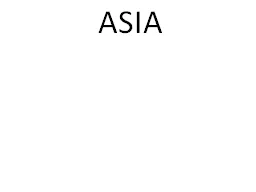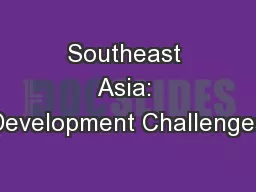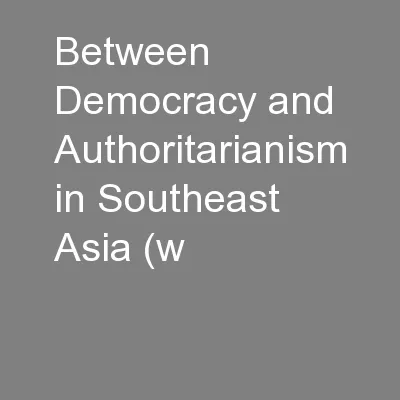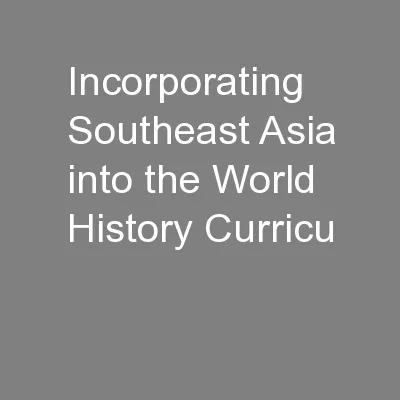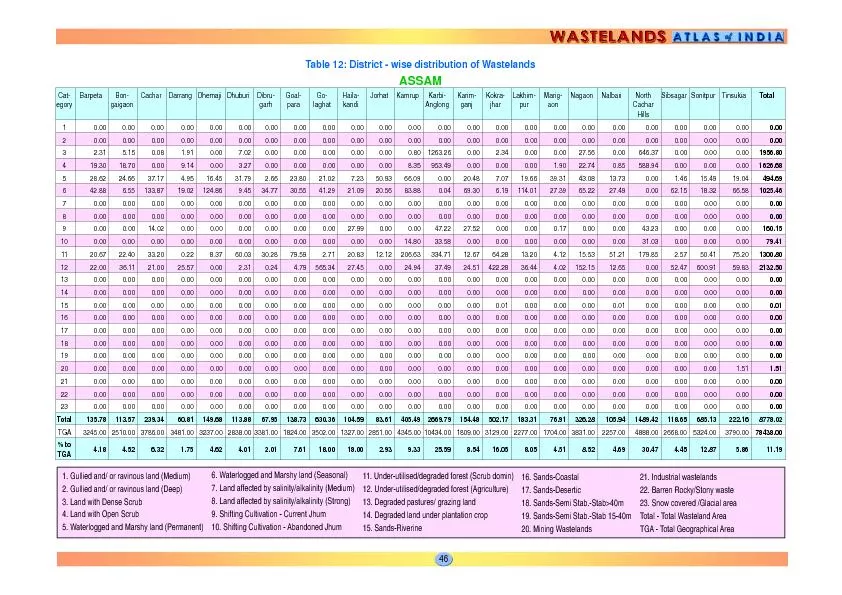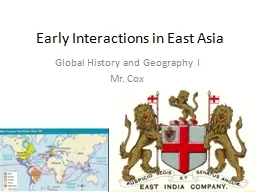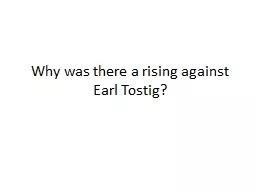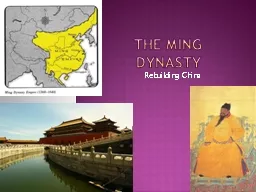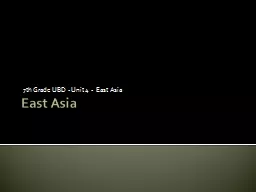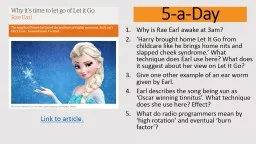PPT-ASIA Earl History China is one of the oldest countries in the world (4,000 years ago).
Author : kittie-lecroy | Published Date : 2018-03-13
In 221 BC the Qin Dynasty who lasted for 20 years succeeded where no one else had With war they unified China The Emperors name was Shi Huangdi He spent a lot
Presentation Embed Code
Download Presentation
Download Presentation The PPT/PDF document "ASIA Earl History China is one of the ol..." is the property of its rightful owner. Permission is granted to download and print the materials on this website for personal, non-commercial use only, and to display it on your personal computer provided you do not modify the materials and that you retain all copyright notices contained in the materials. By downloading content from our website, you accept the terms of this agreement.
ASIA Earl History China is one of the oldest countries in the world (4,000 years ago).: Transcript
Download Rules Of Document
"ASIA Earl History China is one of the oldest countries in the world (4,000 years ago)."The content belongs to its owner. You may download and print it for personal use, without modification, and keep all copyright notices. By downloading, you agree to these terms.
Related Documents

